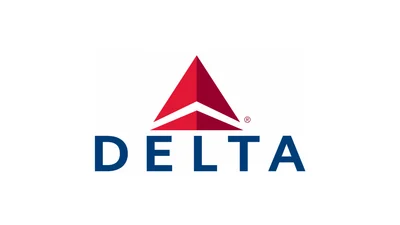The original design requirements for the Boeing 757 focused on strong field performance as a replacement for the Boeing 727. This led to large wings and powerful engines that enabled both excellent takeoff characteristics and long range capabilities.
While Airbus extended the range of the A321XLR by increasing fuel capacity and strengthening its structure rather than adding engine power, this results in some limitations. For example, at maximum takeoff weight at sea level, a Boeing 757 can take off in less than 8,000 feet using Flaps 20. An A321neo operating at similar weights requires between 8,000 and 9,000 feet; the heavier A321XLR may need even longer runways under certain conditions.
This limitation could affect routes departing from airports with short runways or those located at high elevations where hot temperatures reduce aircraft performance. For instance, United Airlines currently operates Boeing 757s from Denver—an airport over one mile above sea level—to Hawaii. In high temperatures exceeding 100°F (38°C), an A321XLR might face payload restrictions due to runway length or tire speed limits.
However, such challenging routes are rare globally. Most airlines will not encounter significant issues related to engine power or takeoff performance with their typical networks.
If Airbus seeks further improvements—such as increasing maximum gross weight or developing a larger variant like a rumored "A322"—more powerful engines would likely be necessary. The current iterations of both engine families are already among their most capable versions; increasing thrust further would require technical advances without sacrificing durability.
In terms of integration onto the airframe itself, neither engine option has caused significant aerodynamic issues for Airbus models akin to those experienced by Boeing’s MCAS system on the 737 MAX. In response to an Airworthiness Directive issued by EASA in 2019 regarding pitch-up tendencies on certain Airbus models, adjustments were made through flight control software updates rather than hardware changes.
With a range of up to approximately 4,700 nautical miles (8,700 kilometers), the Airbus A321XLR stands out as one of today’s longest-ranged narrowbody jets and remains attractive for airlines seeking efficient transcontinental capability at lower operational costs compared to widebody alternatives or older models like the Boeing 757.
Despite its strengths in efficiency and cost-effectiveness for most applications, experts note that “while the A321XLR is a remarkable airliner, its comparatively modest power prevents it from being as versatile as a Boeing 757.” For most routes operated today by major carriers using narrowbody aircraft across oceans or continents, however, these drawbacks remain limited in practical impact.
###
 Alerts Sign-up
Alerts Sign-up




































